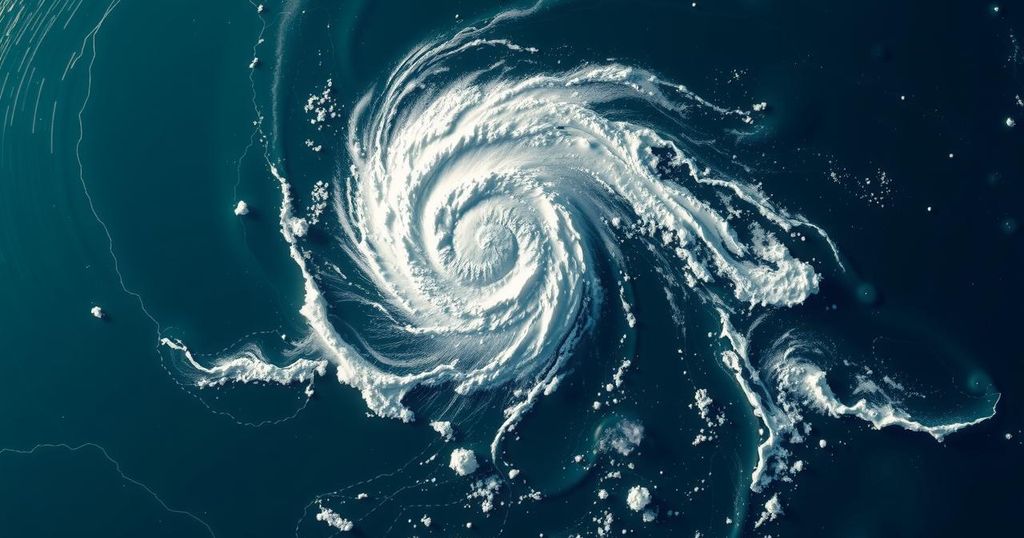Hurricane Rafael Downgraded to Tropical Storm by NHC

On November 8, 2024, Hurricane Rafael was downgraded to a tropical storm by the U.S. National Hurricane Center. The storm was located approximately 460 miles from the Rio Grande, with maximum winds of 70 mph, following significant impact in Cuba.
On November 8, 2024, the U.S. National Hurricane Center reported that Hurricane Rafael substantially diminished in strength, transforming into a tropical storm. As of late Friday, Rafael was situated approximately 460 miles east of the mouth of the Rio Grande, with maximum sustained winds recorded at 70 miles per hour. This decline in intensity came shortly after Rafael had made landfall in Batabano, Cuba, on November 7, causing significant flooding and disruption in the area.
Hurricane Rafael formed in the Atlantic Ocean and approached the Caribbean islands before making landfall in Cuba. Storms in this region are closely monitored by the U.S. National Hurricane Center, which provides updates on their development and potential impact. The rapid weakening of a hurricane can occur for several reasons, including changes in ocean temperature and atmospheric conditions, which may mitigate severe weather impacts in surrounding regions.
In summary, Hurricane Rafael has weakened considerably, transitioning from a hurricane to a tropical storm with a notable decrease in wind speed. This development is crucial for the affected regions, particularly in mitigating further damage following the storm’s landfall in Cuba. Continuous monitoring by the U.S. National Hurricane Center remains essential for assessing storm threats and public safety.
Original Source: www.usnews.com








